Species that most commonly grow on trees can also be found in many other habitat types in New Zealand. Here are some examples:
|
Epiphytes are, by definition, plants that grow on other plants, but like many aspects of the natural world, they don't quite fit within this box. Species that most commonly grow on trees can also be found in many other habitat types in New Zealand. Here are some examples: Maybe a better definition of an epiphyte is a plant that can handle dessication, wind and fluctuating temperatures? They are very hardy plants and have a range of features that help them survive in harsh conditions. This new definition seems to work for these tough characters: There are other terms that can describe these different lifestyles: a "saxicole" is a plant that grows on rocks and a "halophyte" is a plant that can handle exposure to salt water but maybe these species are best described as "hardy opportunists"? Inhabiting these harsh environments presents an opportunity to thrive and reproduce where other species can't.
0 Comments
Your comment will be posted after it is approved.
Leave a Reply. |
Subscribe to NZ Epiphyte Blog:Like us on Facebook!
Catherine KirbyI work with NZ's native vascular epiphytes at the University of Waikato. I completed an MSc on epiphyte ecology and the shrub epiphyte Griselinia lucida and have recently published the Field Guide to NZ's Epiphytes, Vines & Mistletoes. Categories
All
Archives
August 2016
|
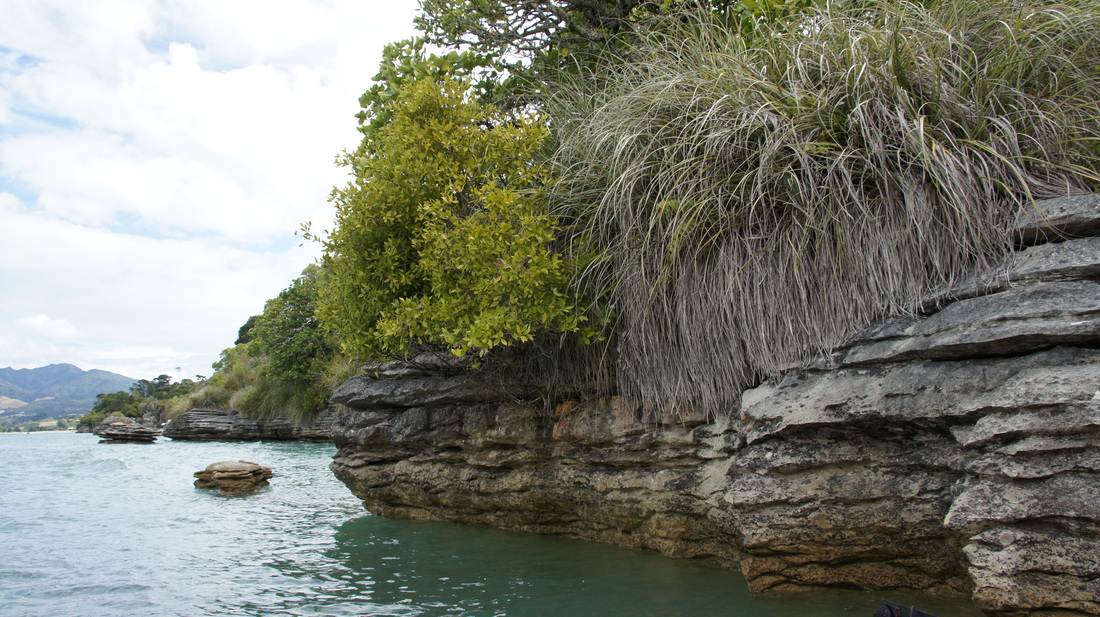
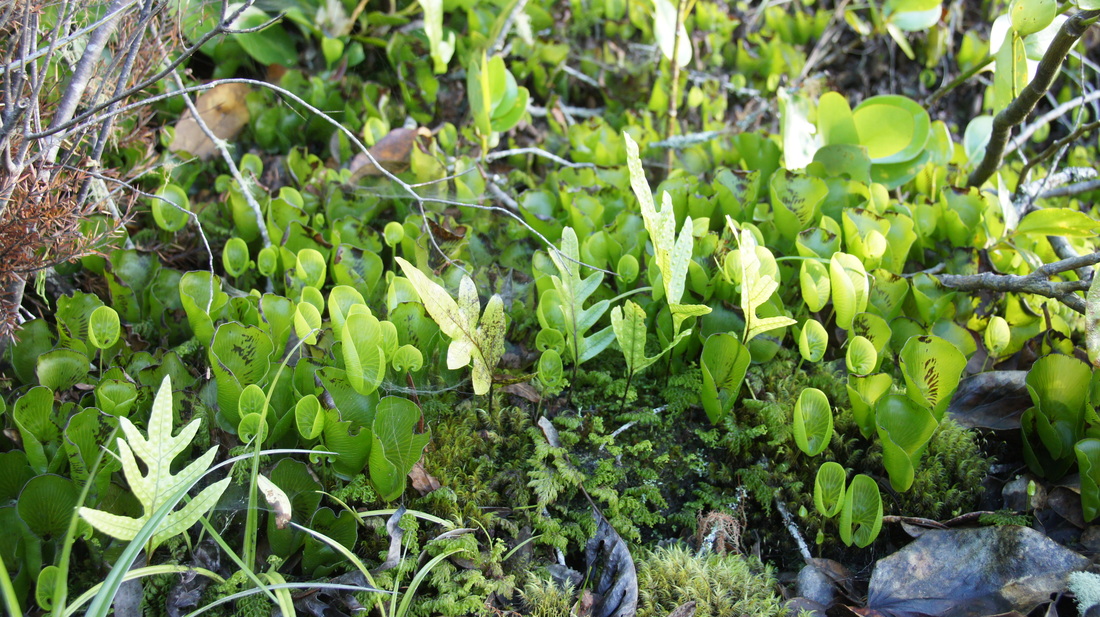
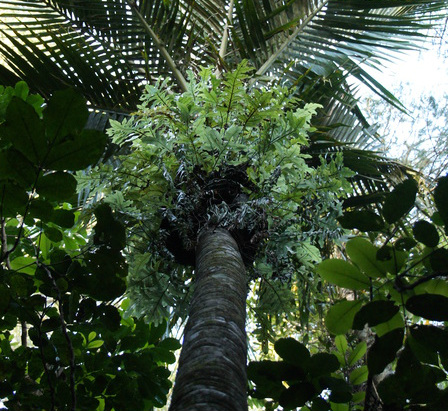
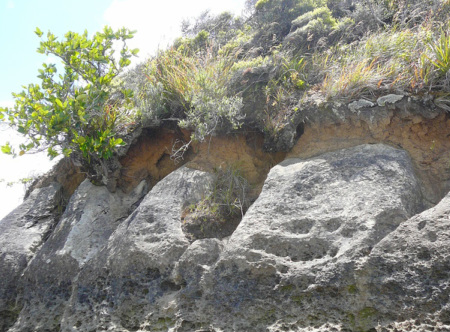

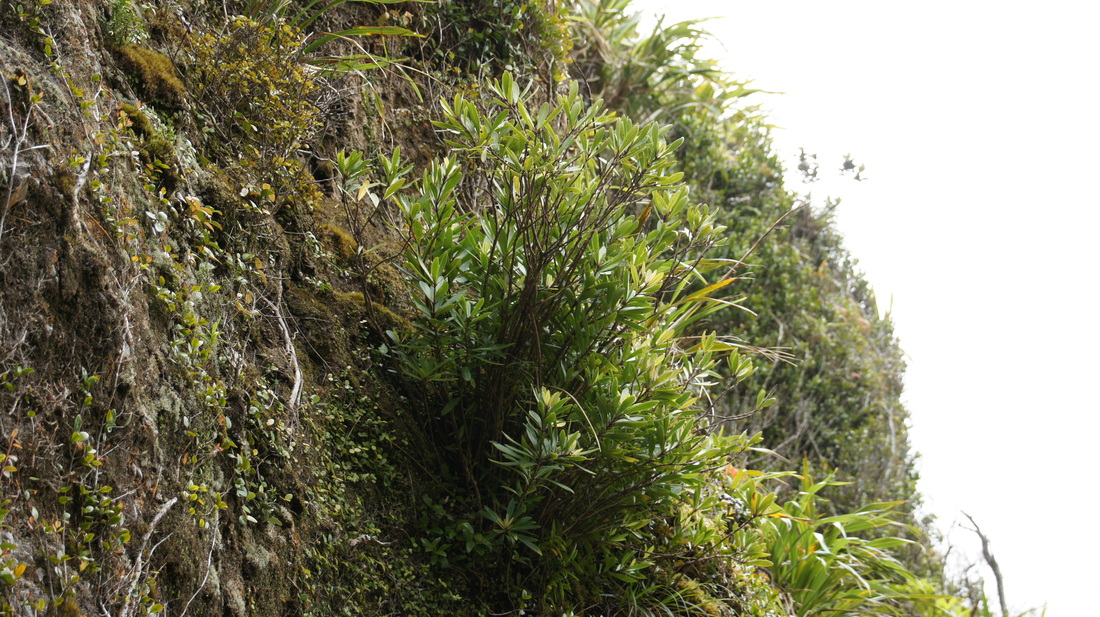
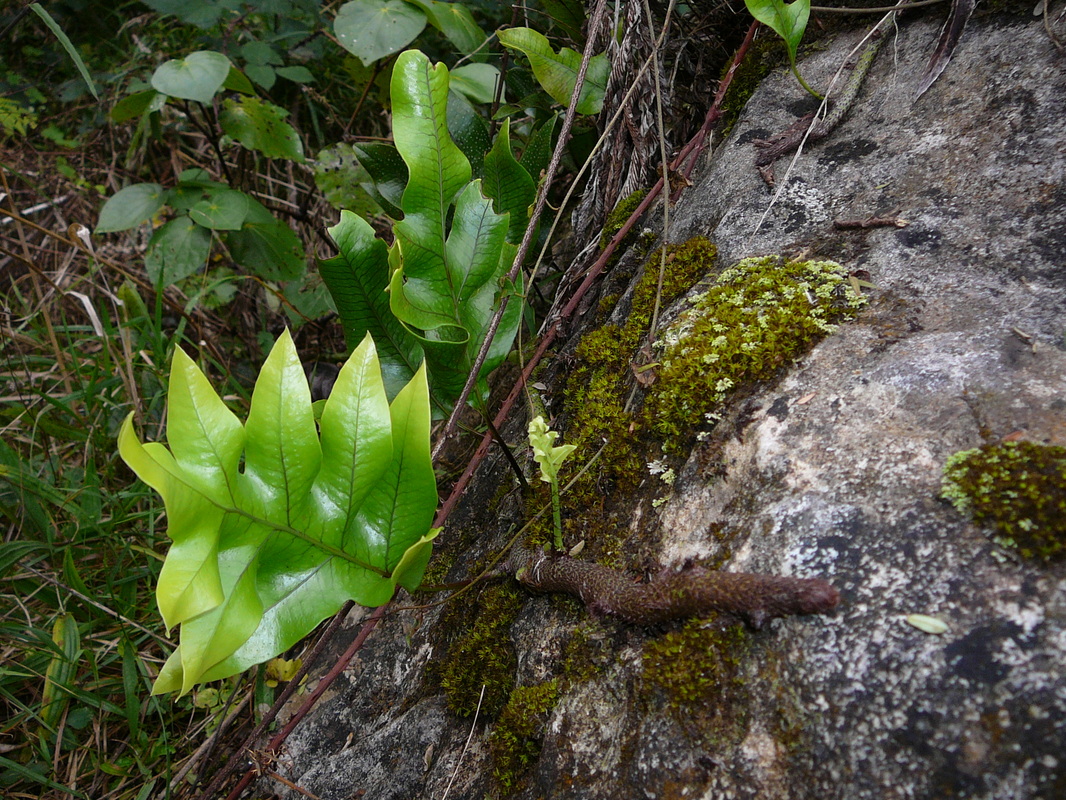

 RSS Feed
RSS Feed
